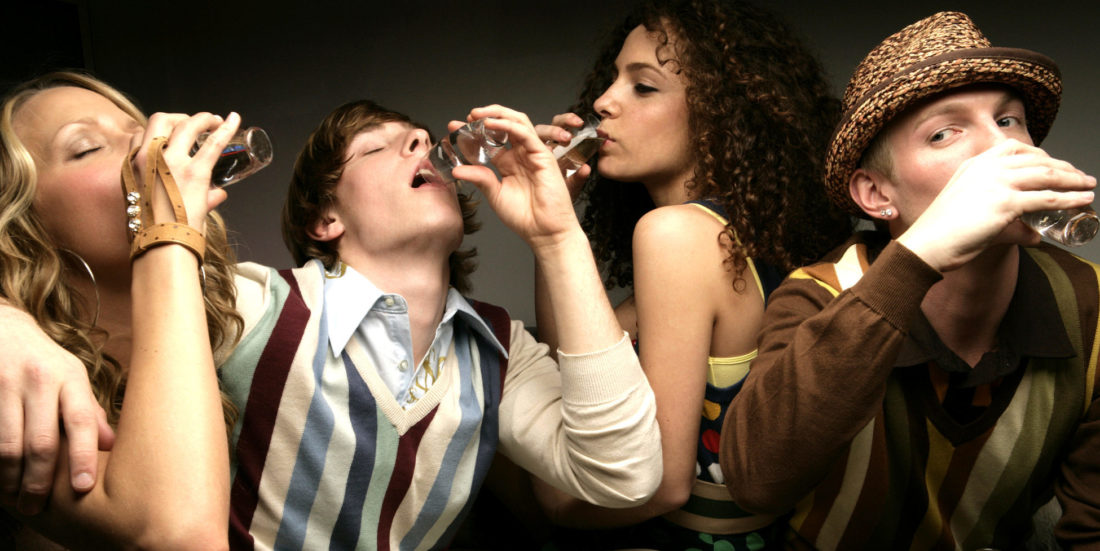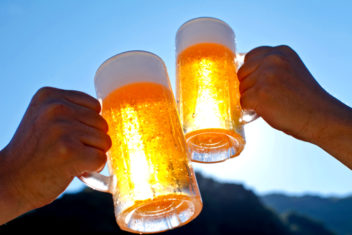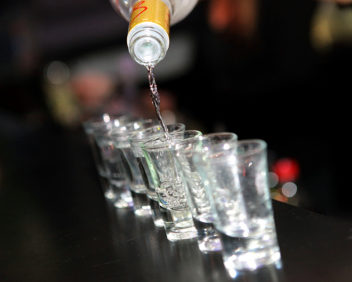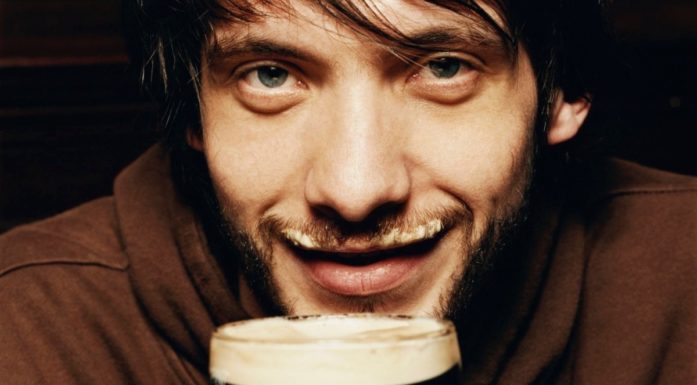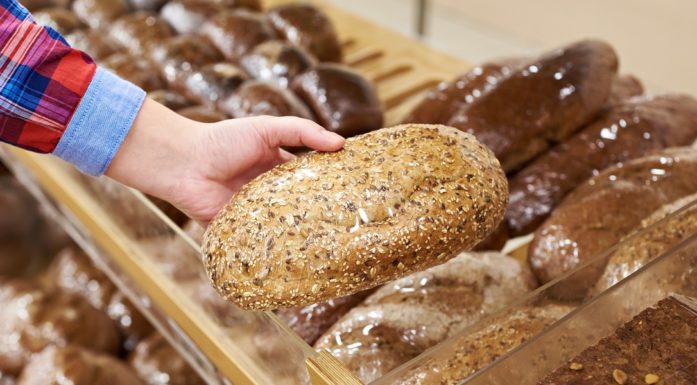Who in Europe drinks the most?
For the first time, researchers have found a way to compare how much alcohol Europeans drink. And Britain, Ireland and Portugal top off the list.
ALCOHOL: How much do you drink in the course of a week? Where you live, and the alcohol culture of that country, will colour your response.
If you’re an eastern European, you may prefer vodka. If you live in southern Europe, you may be most fond of wine, while those further north often drink beer. But how much alcohol is actually in a glass of vodka, wine or beer? This varies from country to country, and – until now – has also made it impossible to compare alcohol consumption in different European countries.
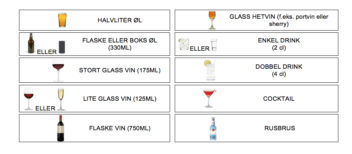
NTNU researchers needed a common denominator in order to compare alcohol consumption. They developed a number of “showcards” – that is, cards that showed pictures of different types and amounts of alcohol. Survey participants could use the illustrations when they reported how much they drink during a given period. The cards show, for example, what is considered a large and a small glass of wine, and the difference between a pint and half litre of beer and a bottle or can of beer.
Researchers at NTNU collaborated with colleagues from more than 40 European countries, and together they managed to crack the code of this puzzle. They developed a questionnaire tailored to the drinking habits in each geographical area by using cards that illustrated alcohol units, plus information on the types and quantities of alcohol sold in different parts of Europe. The survey responses were then converted to the number of grams of alcohol.
Now the survey results are finally available.
- You might also like: Fewer heart problems in people who drink moderately but often
Portugal tops the charts
The survey is part of the European Social Survey, a large population study conducted every two years in around 30 European countries. A research group in NTNU’s Department of Sociology and Political Science conducted the part of the survey that deals with people’s health and lifestyle, including their drinking habits.
The survey results show that alcohol consumption in European countries varies widely. Men consumed almost twice as many units of alcohol as women, and women in Israel and Central and Eastern Europe drink the least.
The Irish drink the most overall. Binge drinking is most widespread in Portugal, with Britain in second place.
In the Nordic countries, the Danes top the list for highest alcohol consumption overall, and weekend drinking binges are the most common among Norwegian men.
New understanding of causes
This is the seventh time the population study has been conducted, but it is the first time NTNU researchers have participated with their own questions. These questions are part of a larger module in the survey, which deals with social structure. Terje Andreas Eikemo, a professor of sociology at NTNU and leader of the research group CHAIN, has led the work on health issues.
According to Eikemo, the cooperation between social science and medical research groups in this study has provided researchers with unique data on public health in Europe.
“Researchers in these fields haven’t worked together much. Now for the first time, we’ve been able to combine questions about living conditions, work, education and lifestyles with specific health incidents,” he says.
“In the past, we could say for example that drinking alcohol and smoking affect people’s health. Now we can go farther back in the causal chain, and identify where measures should be taken,” explains Eikemo, who researches social inequalities in people’s health.
He says that the European Social Survey confirms what scientists have known about social status and alcohol use: people who are well off drink the most.
“Overall alcohol consumption is highest in the upper social strata, but binge drinking is most common in the lower social strata, he explains.
- You might also like: Team building doesn’t really work
Extensive data collection
The data from the European Social Survey is publicly available and can be easily downloaded from the study’s own website. The purpose of the studies is to collect information on attitudes, values and behaviour patterns in the European countries, so that differences and changes can be tracked over time. One third of the questions vary in each survey round.
“We want to know more about how the various countries compare. When we compare ourselves to others, we can see what’s working – and countries can shape their health systems based on systems that are succeeding in other countries,” says Eikemo.
The survey is very comprehensive, with approximately 2000 personal interviews conducted in each of the participating countries. Each face-to-face interview lasts an hour and half.
The questions need to be designed in such a way that as many people as possible answer them, which can be a challenge. For example, how much you earn is a less sensitive subject in Norway than in some other countries.
- You might also like: Too much or too little sleep can affect heart risk
Showcards show amounts
When it came to alcohol consumption, scientists also had to design questions that would be interpreted the same way in all the countries. That posed a challenge, since people in different countries have different drinking habits – and the types and quantities of alcohol sold and served vary considerably.
NTNU researchers solved this challenge by developing a number of “showcards” – cards that illustrate various types and amounts of alcohol. Survey participants could use the card illustrations when they reported how much they drink during a given period. The cards show, for example, what is considered a large and a small glass of wine, and the difference between a pint and half litre of beer and a bottle or can of beer.
“We developed different cards for each country. We were able to convert people’s responses about their drinking habits to the number of grams of alcohol,” Eikemo said.
Here is the survey:
The survey results have been presented to the EU health commissioner.
